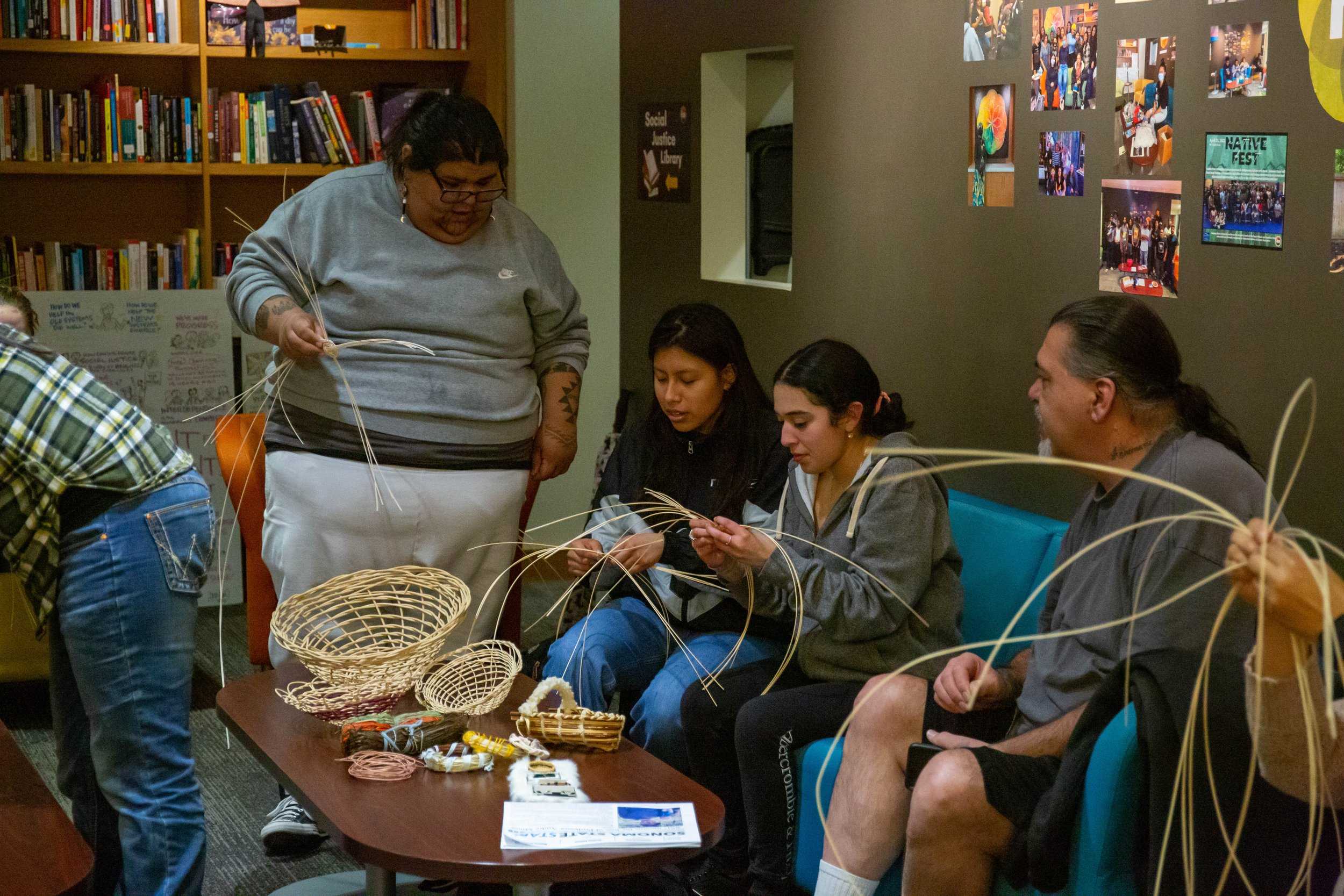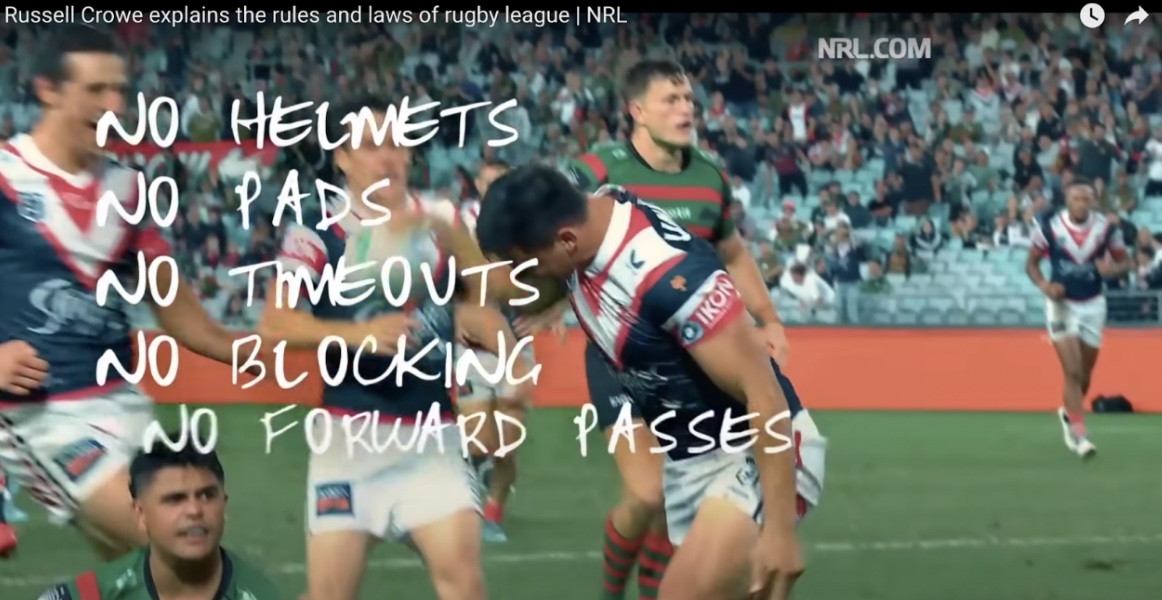star // dennae taylor
seawolves learn basket weaving from Rose hammock on march 9.
In celebration of Women’s History Month, Rose Hammock made her second appearance at the HUB to demonstrate to fellow Seawolves the art, culture and beauty of basketry. Hammock is a member of the Pomo, Wailaki and Maidu tribes from the Round Valley Indian Reservation. There were about 20 people in attendance, and everyone gave a shot at learning how to weave.
Rose’s first time weaving a basket was at the age of 11. During the pandemic she had rediscovered her talent and has been doing it for four years consistently. Hammock holds the position of Manager of Community Outreach for the Redbud Resource Group, a non-profit organization that stands for Native American advocacy. One of the organization’s goals is to connect Native and non-native communities. This year, The Press Democrat highlighted her as one of the 23 people to watch in 2023 for her work as a resource for young Indigenous people.
The day of the basketry tutorial, attendees were welcomed with an introduction and handed materials. Everyone introduced themselves and their reason for attending. There were a number of students with an Indigenous background that mentioned wanting to feel connected to their culture.
Mackenzie Hoffman, a first year Early Childhood Studies major, explained, “I’m part Native American on my father’s side, but I’m not really connected to the heritage. I’ve been coming to a lot of native events at The HUB and [basketry] seemed really interesting… I think it’s important that our campus has these kinds of events.”
After everyone gave an introduction, Hammock explained why basket weaving is so important in Native American culture. She noted that her favorite style of baskets were feathered baskets, which requires a lot of skill. Native history and culture isn’t elaborated on often in our country, so students with a Native background seemed excited to learn more.
Rose noted that baskets are very sacred to Natives. She said that, “Tribal people get buried with basketry and art.”
Upon research, Phoebe A. Hearst Museum of Anthropology at UC Berkeley is estimated to have the remains of 9,000 Indigenous people on campus. Native people have a sacred burial process. Oftentimes, they were buried with items such as baskets. Rose stated, “Museums still have a lot of Native remains and art that no one knows about or how they got it” she added. Tribal people are securing the remains back, but there is so much that has been taken from them.”
People began to weave baskets with Rose’s instruction, and many people got the hang of it quickly. The room felt calm and there were people helping others that didn’t get the hang of it quickly. Hammock was very concise and helpful in her instruction, and along the way she gave pieces of history and information about basketry.
For more cultural events on campus, visit The HUB located on the second floor of the Student Center, find them on Sonoma State’s website, or you can contact them at thehub@sonoma.edu.




































